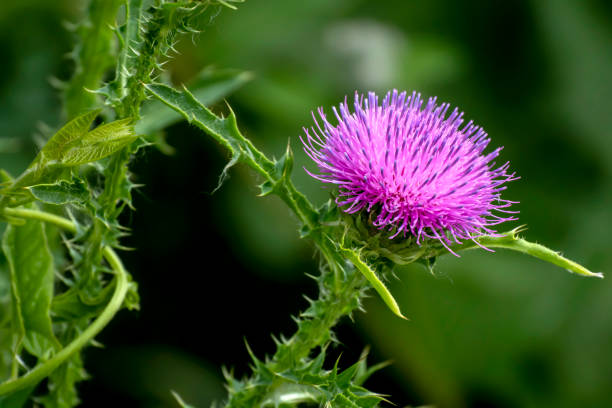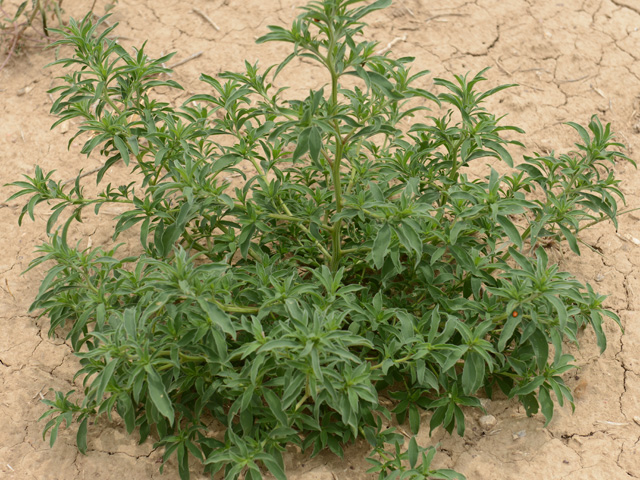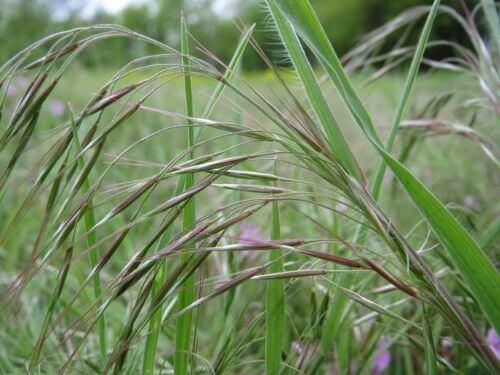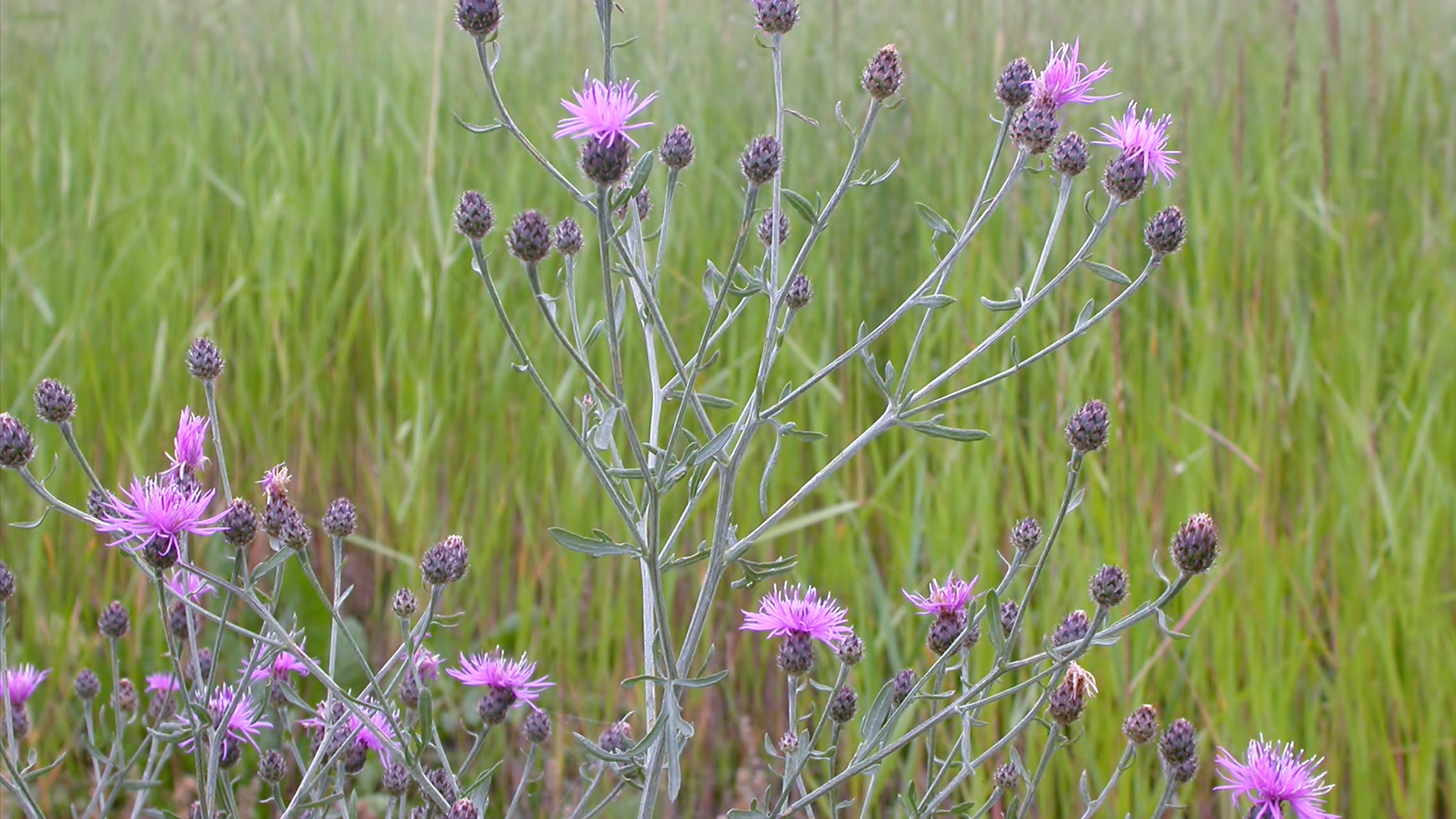Weeds and Pests
 |
|
|
 |
Agriculture - MSU MontGuides
Announcements and Upcoming Events
|
10/27 12:00-1:00pm Riparian Takeover: Stopping Woody Invasives in Their Tracks 11/5 1:00 - 2:00pm Navigating Regulatory Changes: The Endangered Species Act and Certification and Training of Pesticide Applicators 12/4 12:00-1:00pm The Status of Precision Agriculture in Montana: Current Trends, Research and Future Directions 12/18 12:00 - 1:00pm Pesticide Storage and the Montana Pesticide Disposal and Recycling Programs
|
|
|
December 4, 2025 8:00 am Fort Benton. Contact Tyler at the Chouteau Ext. Office by December 3rd to register. |
|
|
New Population of Palmer Amaranth Detected in Montana: Be on the Lookout for Palmer Amaranth and Waterhemp this Fall. Please contact our office if you suspect you have spotted any Palmer Amaranth. |
Articles and Useful Links
Smart Spray Annual Calculator: A Tool for Montana Producers |
Montana producers are constantly adapting to challenges in agriculture, and effective weed management is high on that list. |
Montana Noxious Weed Information |
Data on noxious weeds found in Montana. |
Guide to Pocket Gopher Control in Montana |
Pocket gophers can cause considerable damage to agricultural land and underground features such as utility cables and irrigation pipe, but there are several effective ways to control and prevent the destructive results of their prolific burrowing. |
Montana Prescribed Burning Rules and Regulations |
Fire can be a useful tool for producers, and it can improve forage quality for the first growing season following a fire to aid in reducing invasive species and improving range conditions. However, there are rules and regulations that must be followed when conducting a prescribed burn. In all prescribed burns, authorities should be contacted and weather conditions, such as relative humidity and wind speed, should be monitored closely. |
Kochia and Russian Thistle |
Kochia (Kochia scoparia or also Bassia scoparia) and Russian thistle (Salsola kali) are the most problematic broadleaf weeds in Montana cropping systems. Over the last 70 years, but especially after the transition to no-till, these weeds have been managed using herbicides, however evolved herbicide resistance is making management harder. |
Pesticide Education Program |
MSU Pesticide Education Program link. |
Herbicide Labels and MSDS |
This link provides useful information regarding herbicides including the MSDS. |
2025 Monthly Weed Posts
| October 2025 | Rush Skeletonweed |
| September 2025 | Phragmites Revisited |
| August 2025 | Seed pellets for rangeland restoration: Boosting native plant recruitment in the semi-arid West |
| July 2025 | Hoary alyssum versus common yarrow (video) |
| June 2025 | An Ode to the Infamous Dandelion |
| May 2025 | Noxious weeds and native plants look-a-likes |
| April 2025 | Integrated management of ventenata infested rangelands using herbicides and fertilizers |
| March 2025 | Long-term Response to Ventenata and Other Vegetation to Herbicide Applications |
| February 2025 | A New Biocontrol Agent for Hoary Cress - A Mighty Mite? The February Monthly Weed Post focuses on control of whitetop and hoary cress. |
| January 2025 | Euphorbias: The Bold and the Beautiful The Euphorbia species most familiar to readers of the Monthly Weed Post is likely leafy spurge (E. esula), but 1,600 to 2,000 Euphorbia species exist worldwide. |
2024 Monthly Weed Posts
December 2024 |
How locoweeds host a fungus that makes them toxic to livestock, but don’t seem to care. |
November 2024 |
Black Henbane is an annual to biennial plant that grows in pastures, meadows and roadsides. It has been gaining alot of attention in Montana. |
October 2024 |
Integrating spring glyphosate application and spring seeding to establish bluebunch wheatgrass in cheatgrass-infested rangeland. |
September 2024 |
Early Detection, Rapid Response Program of MT Dept. of Ag - If you work with noxious weeds in Montana, you may be familiar with the Early Detection, Rapid Response (EDDR) Program of the Montana Department of Agriculture (MDA). |
August 2024 |
Moth mullein (Verbascum blattaria) is a biennial forb native to Eurasia that was found in North America as early as 1818, likely introduced for ornamental or medicinal uses. |
July 2024 |
Plant identification apps for your cell phone are discussed in the July 2024 Monthly Weed Post. |
June 2024 |
The June 2024 Monthly Weed Post provides resources for Plant Identification. |
May 2024 |
WITCHGRASS (Panicum capillare) was very conspicuous across Montana later in the growing season of 2023 and garnered a lot of comments and questions. Witchgrass is an annual warm season grass that is native to most all temperate North America, including Montana. |
April 2024 |
Mediterranean sage (Salvia aethiopis L.), or “Med sage,” is a unique invasive weed in the mint family. What is not unique about Med sage is that it shares the native range of Eurasia with numerous invasive weeds in western North America. |
March 2024 |
Kill weeds, not trees |
February 2024 |
Update on Palmer amaranth and waterhemp in Montana |
January 2024 (pdf) |
To DIY or Not to DIY: Why Use Registered Herbicide Products? |
Useful Links
Montana Grasses Identification App
Montana Grasses Identification Basics
The U.S. Department of Agriculture (USDA), Montana State University and Montana State University Extension prohibit discrimination in all of their programs and activities on the basis of race, color, national origin, gender, religion, age, disability, political beliefs, sexual orientation, and marital and family status. Issued in furtherance of cooperative extension work in agriculture and home economics, acts of May 8 and June 30, 1914, in cooperation with the U.S. Department of Agriculture, Cody Stone, Executive Director of Extension, Montana State University, Bozeman, MT 59717.


